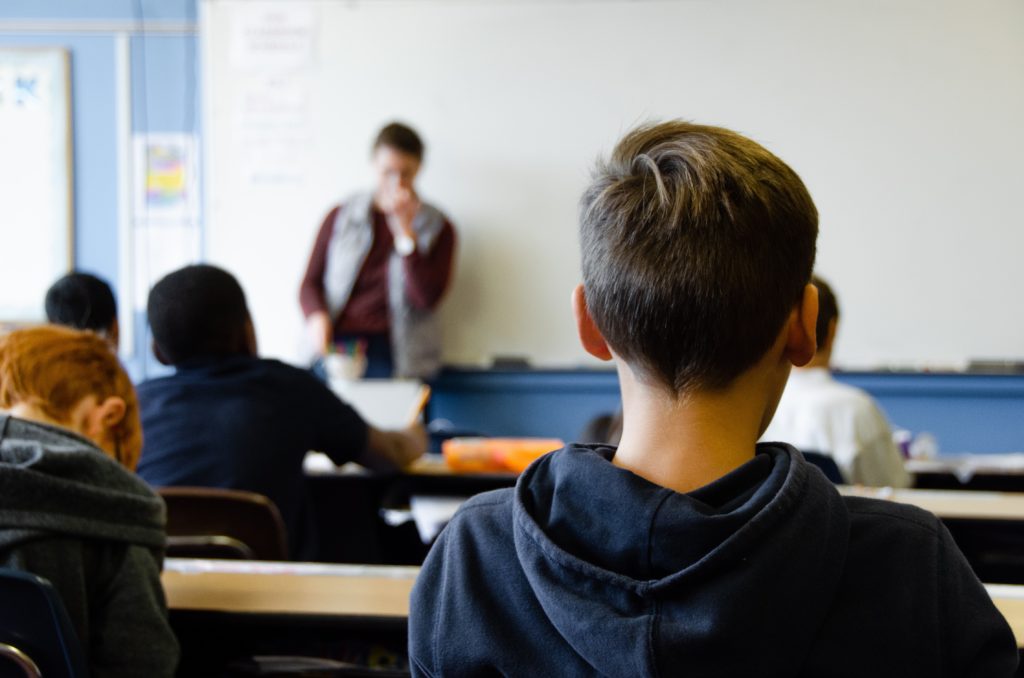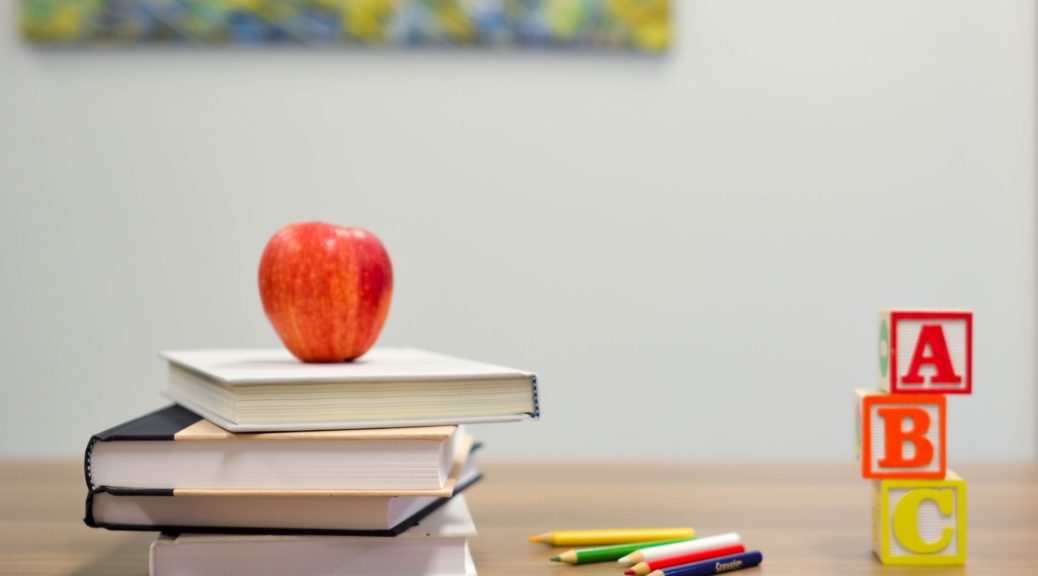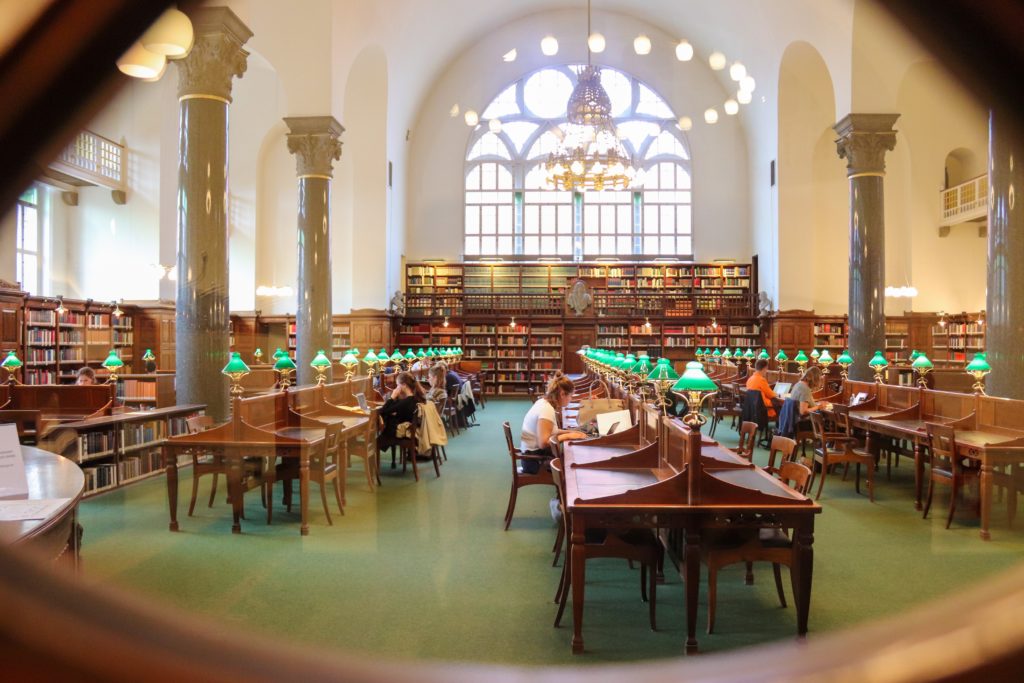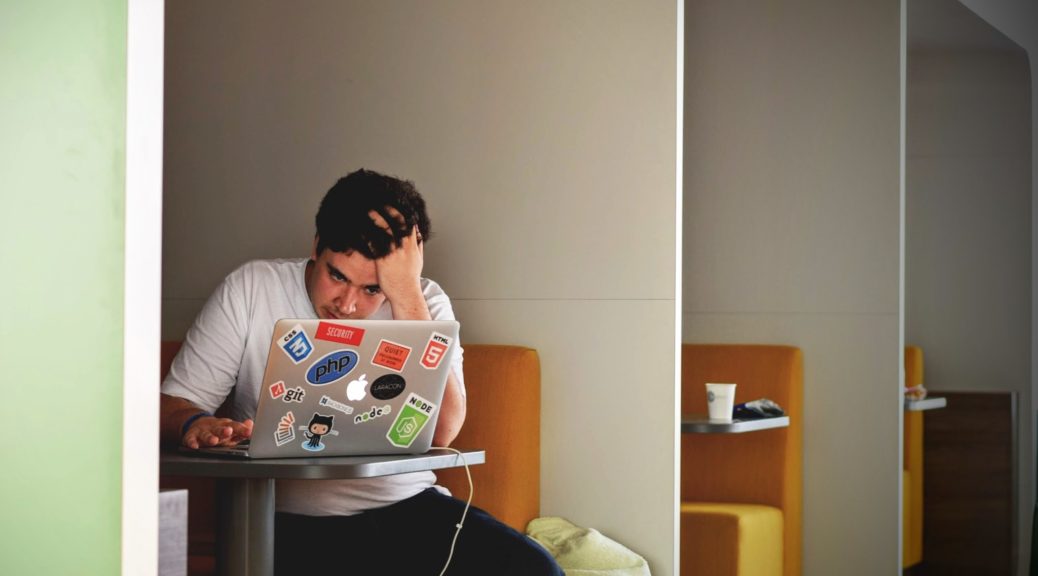by Jackie Truong
Edited by Natalie Grace Sipula
[3.5 minute read]
People sometimes say that a good education is the greatest equalizer of all, and I very much agree with that notion. A good education allows for increased socioeconomic mobility, and it also develops well-rounded critical thinkers, which are beneficial to any society. Although the general goals of schooling are basically the same across most countries, the approach to education differs from country to country. On that note, I want to give my readers (especially those who did not attend school in the US growing up) a glimpse into what it’s like going to school in America, from kindergarten all the way through college. First, a little disclaimer: this is my personal experience with the education system in the U.S., and everyone’s experience is different. My experience will not be the same as every American, but I hope this blog post will give international students a glimpse into what the American educational experience is like.

I was born in Portland, Oregon, and attended school in the same school district my entire life. First, my educational journey started at Ventura Park Elementary School. At my elementary school, the grade levels went from kindergarten to 5th grade (which I believe is the norm in the U.S.). I had a great time in elementary school because it was mostly play, and very little homework was assigned. Most of the learning began and ended in the classroom. I don’t remember exactly what time my school started and ended, but it was somewhere around 8am – 3pm. After school, I also attended the Boys and Girls Club of America for a number of years, where we basically played a bunch of games every day. It was great. Looking back, I had a very fun and relaxing experience in elementary school. I even remember all my teachers’ names: Mrs. Tiegs for kindergarten, Mrs. Wattanabe for 1st grade, Mr. Dobson for 2nd grade, Mrs. Belgarde for 3rd grade, Mrs. Stapleton for 4th grade, and Mrs. Coye for 5th grade.

Next up, we have middle school (also known as junior high in the US). I went to Floyd Light Middle School, and the grade levels here were 6th to 8th grade. For many, middle school is where the social hierarchy starts to become much more noticeable, and this is the age where various cliques start to form (e.g. the popular kids, the jocks, the geeks/nerds, the nerds, etc.). My middle school experience was also quite nice because I had a great group of friends and I never had to experience bullying. I remember in middle school, there was a huge anti-bullying campaign (especially in health class), and my school had a zero-tolerance policy when it came to bullying. I think historically in the U.S., bullying has always been a big problem in middle schools and high schools across the country, and as a result, schools started implementing anti-bullying campaigns, especially in the past 20 years or so.
After middle school, I entered David Douglas High School, which is also where I graduated from (Class of 2018!). High school is where I really started to take my academics and extracurricular activities seriously because those were important for getting into college. Although I spent a lot of time studying, doing homework, and participating in extracurricular activities, I still had a significant amount of free time left over to hang out with friends after school and do other fun things. High school was probably the most memorable period in my life as I had a lot of fun experiences with great people during this time. High school teachers are also the best (from my experience anyway). Not all of them were great, but most of the ones I had were amazing. In my experience, the high school teachers I had truly cared about their students, wanted them to succeed and took time to get to know them. Senior year was the most memorable because it was my last year of high school, although I did slack off a bit. I had what they call “senioritis.” Don’t get me wrong, I still focused on my grades and extracurricular activities, but I also spent much more time than in previous years on fun things such as prom, skipping school to go to the beach with friends, and skipping my morning classes because I didn’t want to wake up early (I know, a lot of skipping things). At the end of the day, everything still worked out even though I wasn’t the most perfect student.

Finally, we move on to college, which is where I’m currently at in my educational journey. I began my first year of college at Pacific University. However, after realizing that I didn’t like small-town life, I decided to transfer schools and move to a school located in a lively city. That eventually led me to USC, where I am currently situated, heading into my senior year studying biology at the undergraduate level. This wraps up my journey through the American educational system, a fun ride thus far. Hopefully, graduate school (Physician’s Assistant school specifically) will be just as memorable as all the other levels of education that I’ve experienced so far. I suppose only time will tell.
Featured Image by Element5 Digital on Unsplash
Jackie Truong is a current undergraduate student studying Biology. He has worked as an Undergraduate Student Consultant at the USC American Language Institute and is from Portland, Oregon.






